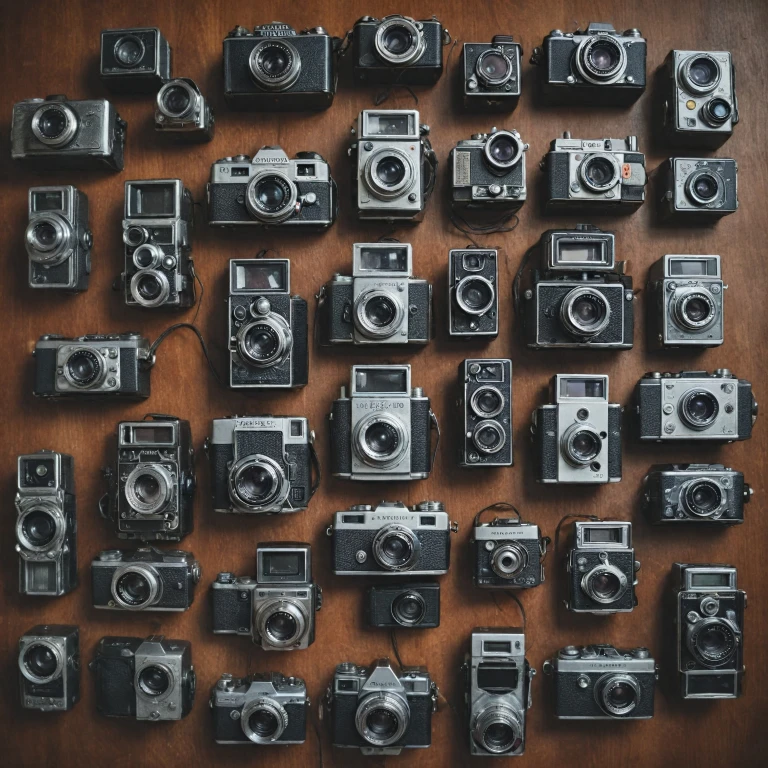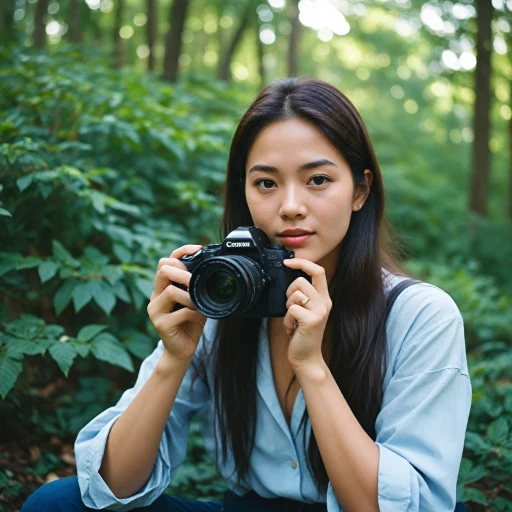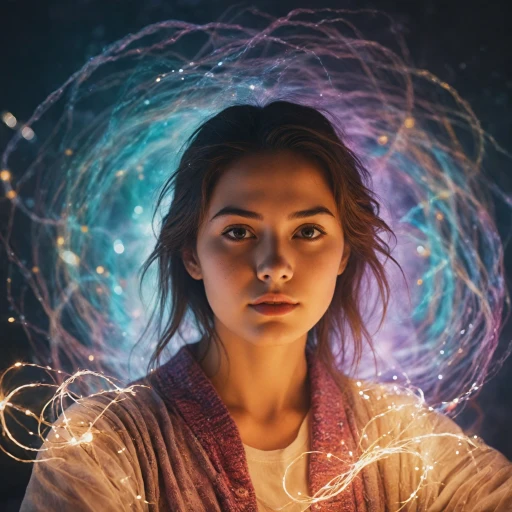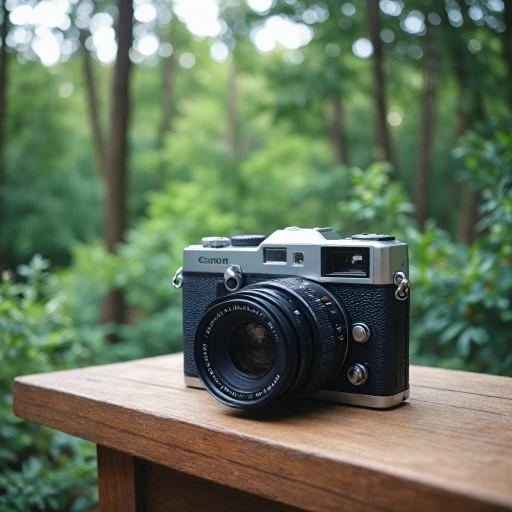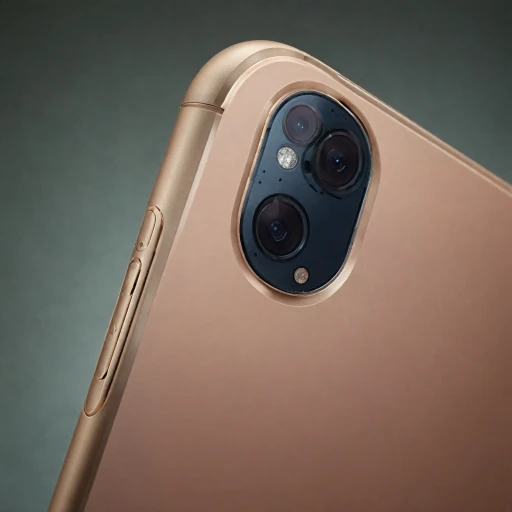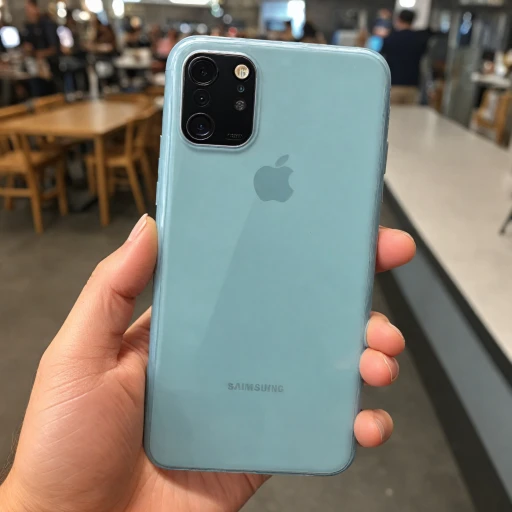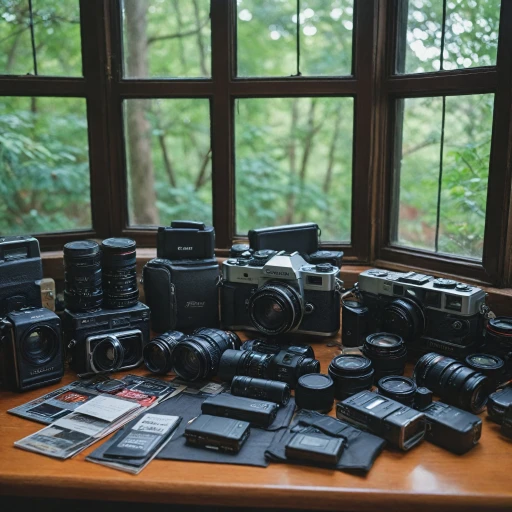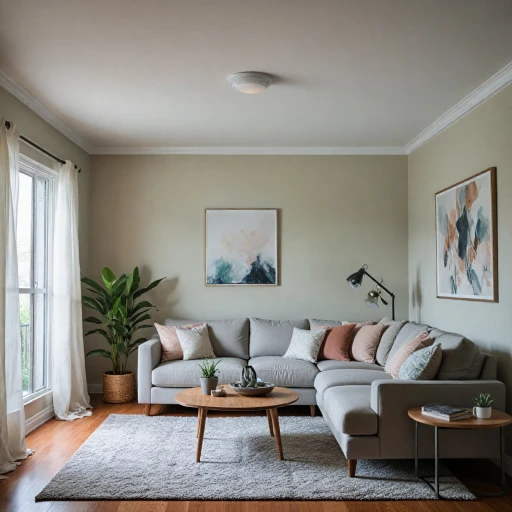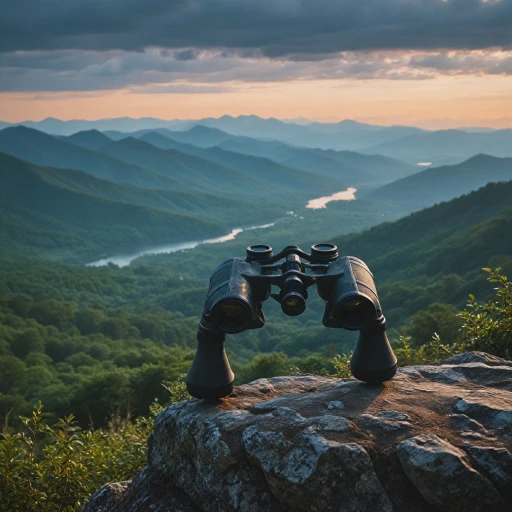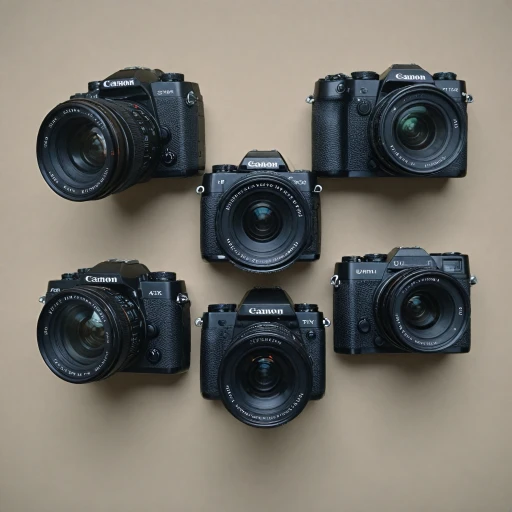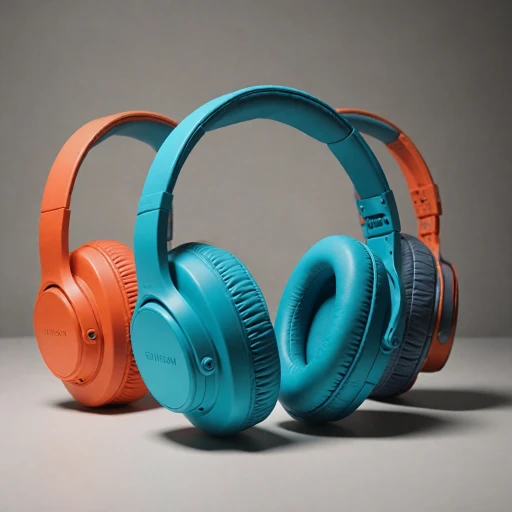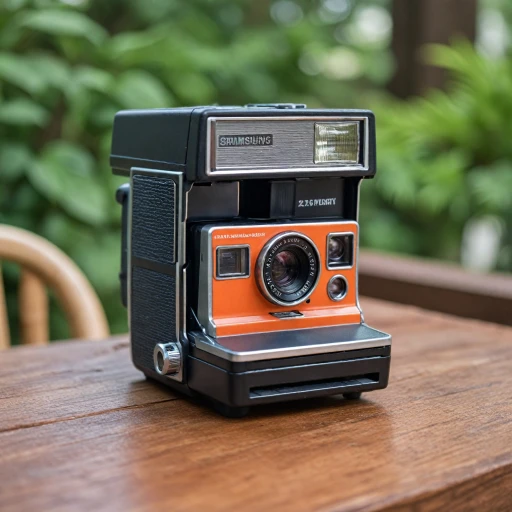
The Timeless Appeal of Vintage Cameras
Why Vintage Cameras Have Stood the Test of Time
The fascination with vintage cameras is ever-present in today’s digital age, intriguing both seasoned photographers and newcomers. The charm of these classic devices goes beyond aesthetics. It's a combination of nostalgia, craftsmanship, and the unique imagery they produce that draws many to explore their world.
A Canvas of Craftsmanship
Vintage cameras, whether they are film or retro cameras, provide an authentic shooting experience that many modern digital cameras may not replicate. Famous brands like Nikon and Olympus, known for their legacy in creating enduring camera lenses and accessories, exemplify this craftsmanship. The tactile satisfaction of handling these devices, from turning the manual focus on a lens to the deliberate loading of film, adds a dimension to photography that many find missing in today’s button-filled, screen-heavy digital units.
Nostalgia Meets Functionality
Despite advances in digital technology, there's a resurgence in the desire to use film cameras. Collectors and photographers are buying vintage cameras not only for their sentimental value but also for their unique capabilities. Medium and large format film cameras bring an unparalleled level of detail and depth to photos, setting them apart from regular point-and-shoot digital units.
Beyond the Regular Price and Sale
The interest in these cameras has spurred a vibrant market where enthusiasts can buy and sell pre-owned devices. With options ranging from reasonably priced Olympus models to more premium Leica varieties, the price sale and shipping costs can vary. However, the allure of obtaining something rare often justifies the cost, making many willing to pay the regular price or even a higher price unit for the right model.
Essential Accessories
Part of the appeal is also in the hunt for the right accessories. From selecting the best lenses to complement a specific camera to finding the perfect case, these items add to the storytelling aspect of photography. Collecting a set of cameras lenses and accessories camera-specific enhances the photographic journey, enriching both the practical and aesthetic facets.
Comparing Vintage and Digital Cameras
Comparative Lens on Vintage and Modern Photography
With the rise of digital photography, it's easy to forget the charm of vintage cameras. Each type of camera offers unique advantages and requires different techniques. Understanding these can help photographers appreciate the nuances of both worlds.- Image Quality and Versatility: Digital cameras provide instant feedback, high-resolution photos, and allow for post-processing without limits. Vintage cameras, depending on the film and lens choice, can render colors and depths in ways that some find unmatched even by the best digital models. For instance, a Leica film camera can produce strikingly rich images with a classic touch.
- Functionality and Features: Modern digital cameras come equipped with the latest technology: autofocus, video capabilities, and touchscreen interfaces. Conversely, film cameras like those from Nikon or Olympus offer a pure photographic experience where the photographer has full control over all settings. While digital models might include countless built-in features, people often seek film cameras for their simplicity and the tactile experience they provide.
- Costs and Accessibility: The regular price of digital cameras can be daunting unless found on sale. While the initial purchase of a vintage camera might seem high, rolls of film and developing costs can add up over time. However, film enthusiasts often find joy in the anticipation and process of loading film and waiting for development. Pre-owned film units sometimes come at a lower price, with deals occasionally found in specialized shops.
- Sustainability and Collectibility: Many photographers collect vintage cameras, as they view them as timeless pieces of art. These cameras can have an enduring value; collectors might find niche accessories or specialty cameras like large format or medium format models. For many, the allure lies in preserving historical value, while digital cameras may depreciate quickly over time.
- Practicality and Use Case: Vintage cameras require a more deliberate approach to photography. With no option for point and shoot or convenience of digital storage, there is an emphasis on skill and patience. Digital cameras can appeal to those requiring versatility, such as when traveling, where there’s no time or space to manage films and lenses.
Understanding Film Photography in a Digital World
The Nostalgic Process of Film Photography
Film photography in our digital world carries a unique charm. While digital cameras offer convenience, speed, and high-quality images at the tap of a button, there's an undeniable allure to the meticulous process of loading film, adjusting the camera settings manually, and waiting to develop pictures. For enthusiasts, there's a tactile pleasure in inserting a roll of film into a camera, whether it's a vintage Nikon or a classic Olympus. These film cameras, ranging from medium format to point-and-shoot units, provide an opportunity to appreciate photography as an art form, rather than a quick snap. The act of shooting with a large format camera or using retro lenses imbues the image with an organic quality often missing in digital captures. While digital images can be edited easily with software, the limited number of exposures in film compels photographers to be judicious and thoughtful with each frame. This regular practice of patience and precision brings a refreshing change from the endless clicking of digital devices. Moreover, the film cameras on sale today, often pre-owned, can be found at varying price points depending on the make and condition, such as those offered in online shops with free shipping. Cameras like Leica, known for their high-quality build and aesthetic beauty, may command a higher regular price, whereas more common models like sold Olympus variants or other vintage brands might be available at a price sale. Many enthusiasts find joy in seeking out cameras and lenses that might include original accessories or come packaged with unique camera case designs. The unit price might even account for rare features like lenses attached to older models or bundled film rolls. For those new to film photography, starting with simpler models could be best. As discussed in exploring the top choices for 35mm cameras, a beginner might want to start affordable, gradually expanding their collection as they grow comfortable with the medium. The process is not just about capturing an image, but about enjoying the interplay between light, chemicals, and time. Understanding this process can enrich one's appreciation of photography itself and lead to a deeper integration of vintage cameras into one's regular creative repertoire. For those interested in expanding their skills across different media, enhancements like using a reliable camera protector for modern devices, show the evolving dialogue between past and present technologies.Collecting Vintage Cameras: A Guide
Building Your Vintage Camera Collection: A Guide to Getting Started
Exploring the world of vintage cameras unfolds a fascinating journey that bridges past and present technology. For those keen on collecting these timeless pieces, it’s essential to understand their unique characteristics and how they can add joy to photography enthusiasts. To begin with, determine which type of camera best suits your interests. You'll find an array of models, ranging from elegant film cameras such as those produced by Leica and Nikon, to the textured appeal of medium format and large format cameras. Each has its own allure, offering diverse shooting experiences and aesthetic results. Here are some tips to guide your collecting journey:- Research and Familiarize: Delve into the history and specifications of various models. Reviewing information about cameras like Olympus or Nikon can provide insights into their performance and historical impact.
- Evaluate Condition: Before purchasing, inspect the camera's condition. Check for any signs of wear and make sure the lens and loading mechanisms operate smoothly. Cameras in good working order often have a higher price tag, but they promise a rewarding photography experience.
- Understand Pricing: When examining the price, consider the camera's rarity, working condition, and age. Websites for camera enthusiasts often feature listings with a range of price points, reflecting whether a unit is a regular price item or available for a special price sale.
- Sources & Transactions: Visit reputable shops or online platforms specializing in pre-owned items. Ensure they offer transparent sale practices and provide clear information on shipping, accessories, and any additional costs like a unit price or accessories camera pricing.
- Accessories and Restoration: Look into obtaining compatible accessories. Lenses and other accessories from the same era enhance both the aesthetic and functional value of vintage cameras. Always assess whether the price for these extras justifies their condition and compatibility.
- Blend Modern with Retro: As you build your collection, remember that you can integrate vintage cameras with digital techniques for an exciting fusion of styles. This may involve incorporating digital camera lenses or video options to amplify the capabilities of older models.
The Practicality of Using Vintage Cameras Today
Embracing Film in a Digital World
In today's rapidly advancing digital landscape, the use of vintage cameras and film photography presents its own set of practicalities and challenges. With technology continually evolving, many photographers may question the viability of using film cameras in this modern age. However, with their distinctive allure, retro cameras continue to capture the imagination of enthusiasts and professionals alike. To appreciate the practicality of shooting with a vintage camera, it's important to consider several factors:- Film and Development: One of the key challenges in using film cameras is sourcing the appropriate film and finding labs that offer professional development services. While digital cameras provide instant results, shooting with film requires patience and an understanding of delayed gratification, lending a unique depth to your work.
- Cost Considerations: Depending on the brand and model, the price of vintage cameras can vary. Iconic brands such as Nikon and Leica command a higher price, especially for models in pristine condition. However, acquiring pre-owned or sold Olympus models can offer a more budget-friendly alternative.
- Lens Compatibility: Accessories cameras offer versatility. Vintage lenses can provide a refreshing perspective, especially for those accustomed to digital systems. Understanding the lens regular mechanics of old cameras can lead to impressive results that often supersede regular digital lens outputs.
- Accessories and Maintenance: Unlike digital cameras, vintage models often demand specialized maintenance. Accessories cameras, like lens caps and protective cases, can help preserve the longevity of your unit.
Integrating Vintage Cameras into Modern Photography
Blending the Old with the New for a Unique Experience
When navigating the realms of photography, the merging of vintage cameras and modern digital techniques can present a highly rewarding venture. Let's explore some of the substantive ways vintage cameras can be integrated into your contemporary photography practices.Beyond Nostalgia: Practical Use in Digital Projects
The allure of vintage cameras, such as the renowned Leica or Nikon models, lies in their ability to merge classic aesthetics with modern creative projects. Here's how you can capitalize on this synergy:- Film Photography with Intent: Utilize film cameras to create distinct textures and moods that digital cameras might struggle to replicate. This addition of authentic graininess or subtle color shifts can evoke powerful emotions in video or photo series.
- Diverse Lens Choices: Pair vintage cameras with various lenses, from medium format to large format, to explore different perspectives and depth-of-field advantages. While some rare lenses may come at a higher price, others might offer a budget-friendly way to add a unique lens effect to your work.
- Elevated Antiques: By maintaining or even upgrading vintage models, like an Olympus with a modern lens, photographers keep nostalgia alive while utilizing the tangible craftsmanship inherent in older designs.
